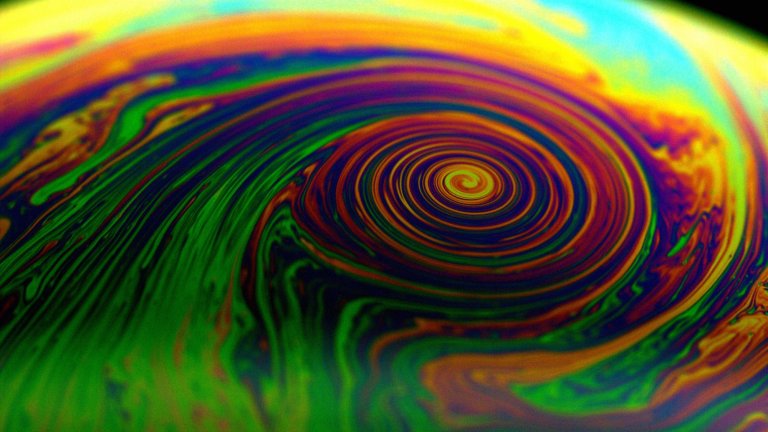
© Hamid KELLAY / LOMA / CNRS Images
View the mediaFolder
Mechanics, the science of movement and balance, is constantly renewing itself by innovating and pushing the boundaries of knowledge, while adapting to today’s challenges.

© Hamid KELLAY / LOMA / CNRS Images
View the mediaOriginally the science of movement and balance, mechanics is now as concerned with the behaviour of new materials as it is with in the turbulent flows of fluids, acoustic waves, robots, combustion, the living world, health, additive manufacturing (3D printing) and other innovative processes. It is in synergy with physics, applied mathematics, information, environmental and life sciences. It maintains ongoing relationships with the industry.
The concepts and tools it puts in place, coupled with digital advances, allow ever more complex engineering problems to be solved while integrating artificial intelligence methods and advances in knowledge of the infinitely small. Major technological advances that have become daily realities underlie many of the research advances in this area. Examples include the design of new composite materials to lighten aircraft and reduce their fuel consumption or the progress made in surgical robotics, which boosts the surgeon's dexterity and thus allows increasingly meticulous operations.
Mechanical sciences are present in virtually every aspect of modern life today. They are connected to the most urgent societal challenges: energy, environment, climate, health or mobility.
Keywords: mechanics, fluid mechanics, mechanics of materials and structures, biomechanics, modelling, acoustics, structural dynamics
Our work is guided by the way scientists question the world around them and we translate their research into images to help people to understand the world better and to awaken their curiosity and wonderment.